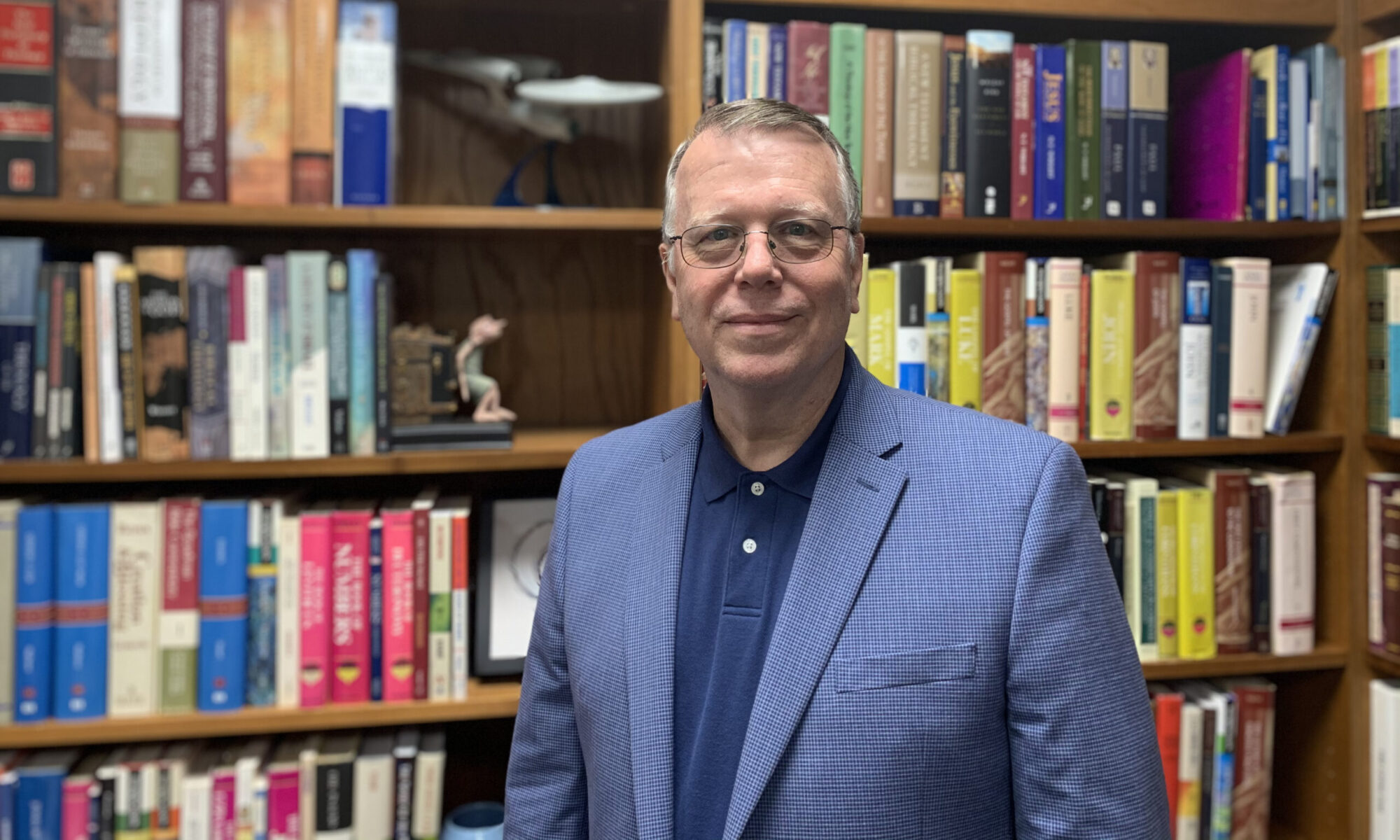Recently (June 6, 2018), I had the privilege to spend the day with a wonderful group of theologians and scholars representing the Churches of Christ. My friend, Tony Richie, and I were invited to attend the Christian Scholars Conference hosted by Lipscomb University in Nashville, Tennessee. We were participants in an ecumenical dialogue. So, does the Church of God have anything in common with the Churches of Christ?
The Churches of Christ were birthed out of the Cane Ridge Revival, that is, the second great awakening at the beginning of the 19th century. The Church of God was birthed out of the Holiness/Pentecostal movement at the beginning of the 20th century. Therefore, both churches share a commitment to revivalism and see themselves as restoration movements. Both churches were committed to a vision of Christian unity. Both churches developed an exclusive ecclesiology, that is, they saw themselves as the descendants of authentic apostolic Christianity. Both churches are committed to the authority of Scripture, share a common literalist hermeneutic and resist confessional creeds.
Or course, there are differences. The Churches of Christ developed an ecclesiology of local church autonomy; the Church of God developed an ecclesiology in which all local churches are intrinsically related to the General Assembly. The Churches of Christ are known for singing a cappella; the Church of God is known for its use of multiple instruments and varied musical styles. The Churches of Christ are cessationist and emphasize water baptism as essential to conversion. The Church of God is charismatic and emphasizes baptism in the Holy Spirit and tongues-speech. So, what brought us together at Lipscomb University?
Tony Richie, Mel Robeck, and I were Pentecostal delegates to the Believers Baptism Consultation at Kingston, Jamaica in January of 2015. There we met Gary Holloway, John Mark Hicks, and Mark Weedman representing the Churches of Christ. In our dialogues we discovered a wonderful collegiality and mutual interest. We continued our conversations after the consultation. Gary Holloway, the executive director of the World Convention of the Churches of Christ, was a fraternal guest at the Church of God International Assembly at Nashville in 2016. Later, Gary invited us to the dialogue at Lipscomb. Actually, it was the Holy Spirit who brought us together.
There is a developing interest in the work of the Holy Spirit among the Churches of Christ. Tony and I shared that Pentecostal spirituality emphasizes an unmediated encounter with the Spirit to which one participant declared, “That scares us to death.” We talked about how God’s grace is mediated through water baptism and the Lord’s Supper. We discussed many challenges that are common to both movements. One participant expressed interest in the charismatic gifts but was cautious. He said, “I just don’t know what that might look like.” I reminded him, “The disciples in the Upper Room on the day of Pentecost didn’t know what to expect either. The Holy Spirit works it out among us.” The dialogue was sincere, hospitable, and honest. It was a holy conversation.
In reflecting on our conversation Pentecostals would do well to recover the fear of God and a healthy awe of the Holy Spirit that was expressed by our Church of Christ colleagues. Maybe familiarity with the Spirit has led to a casual disregard of the Holy among Pentecostals. Also, Pentecostals need to do better in understanding how the Spirit mediates grace through the sacraments.
I think the baptismal theology of the Churches of Christ may be the sign that points to a more engaging pneumatology in their communion. After all, if water baptism is essential to conversion and effects regeneration, then that should point to the ongoing work of the Spirit. In other words, an emphasis on the work of the Holy Spirit in water baptism defies cessationism and may open the door to further manifestations of the Spirit. In Mark 16, water baptism signifies saving faith (16:16) which is accompanied by charismatic signs, including tongues-speech (16:17).
Finally, the commitment to Christian unity remains alive among the Churches of Christ. That was demonstrated by their genuine hospitality and openness. I pray that the Church of God may recover the commitment to unity that was expressed in the formation of the Christian Union in 1886.
Please share this post!
